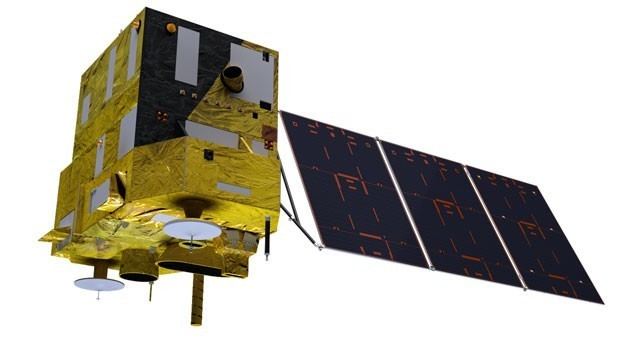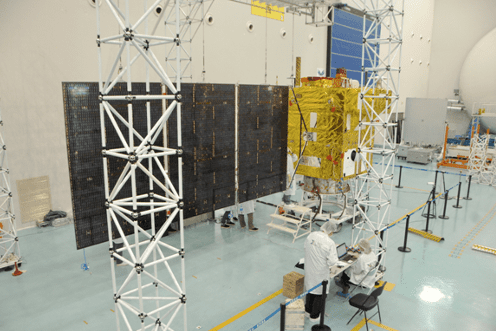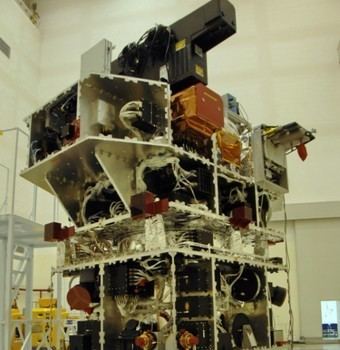Mission type Remote sensing COSPAR ID 2014-079A Website CBERS-4 Launch date 7 December 2014 Inclination 98.54° Launch mass 1,980 kg | Operator CNSA / INPE SATCAT no. 40336 Mission duration 3 years planned Inclination 98.54° Period 1.7 hours Rocket Long March 4B | |
 | ||
Similar China–Brazil Earth Resource, CBERS‑1, CBERS‑2, Satélite de Coleta de Dados, DirecTV‑14 | ||
China launches cbers 4 satellite on long march rockets 200th mission
China–Brazil Earth Resources Satellite 4 (CBERS-4), also known as Ziyuan I-04 or Ziyuan 1E, is a remote sensing satellite intended for operation as part of the China–Brazil Earth Resources Satellite programme between the China Centre for Resources Satellite Data and Application and Brazil's National Institute for Space Research. The fifth CBERS satellite to fly, it was successfully launched on 7 December 2014. It replaces CBERS-3 which was lost in a launch failure in December 2013.
Contents
- China launches cbers 4 satellite on long march rockets 200th mission
- Ksp cbers 4 200th long march launch recreation
- Spacecraft
- Launch
- References

Ksp cbers 4 200th long march launch recreation
Spacecraft

CBERS-4 is a 1,980-kilogram (4,370 lb) spacecraft based on the Phoenix-Eye 1 satellite bus. It was developed by the China Academy of Space Technology, in partnership with Brazil, at a cost of US$125 million for each party. The spacecraft have a single solar array which provides power to its systems, generating 2,300 watts of electrical power, and have a design life of three years.

The CBERS-4 spacecraft carries four instruments: MUXCam, a multispectral camera; PanMUX, a panchromatic imager; the Infrared Medium Resolution Scanner, or IRSCAM, and WFICAM, a wide-field imaging camera. These cameras will be used to observe a swath of 120 kilometres (75 mi) of landmass at a time, enabling the satellite to scan the entire surface of the planet every 26 days, with a spatial resolution of up to 20 metres (66 ft).

CBERS-4 was initially scheduled to be launched in 2015, however after the loss of CBERS-3 at launch in December 2013, China and Brazil agreed to accelerate the production of CBERS-4 by 1 year. The satellite will restore the Brazilian government's ability to observe its own territory following a 4.5-year gap caused by the failure of CBERS-2B and CBERS-3.
Launch

A Chang Zheng 4B carrier rocket was used to launch CBERS-4. The launch took place at 03:26 UTC on 7 December 2014, using Launch Complex 9 at the Taiyuan Satellite Launch Centre. The satellite was successfully placed into a sun-synchronous orbit.


